Adding lanes does not guarantee that motor vehicle traffic will move more smoothly, but, when schools and non-essential businesses shut down, there are fewer vehicles in downtown Hartford.
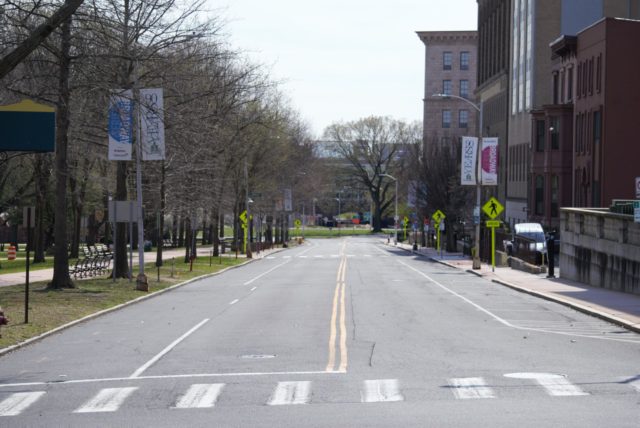
These past few weeks have demanded that we think on our behaviors. How many of the trips we used to call “necessary” simply weren’t? How many jobs can be done equally well outside of the office, at least some of the time?
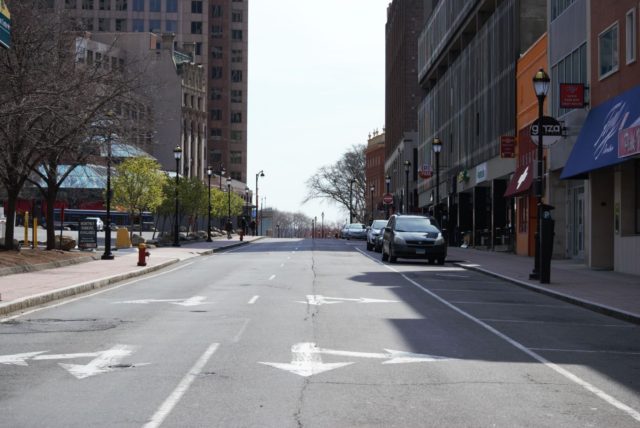
The photos in this post were taken on Easter Sunday, when almost every last business in Downtown was closed for the day. In other years, there would have been traffic for church or family visits, or people going to the movies and museums. About half of the restaurants would have been open.
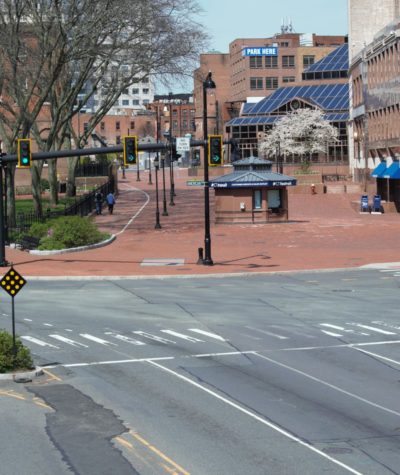 On Easter Sunday 2020, while walking the one-way segment of Asylum Street, I was passed by two cyclists and zero cars. Pedestrians out for a walk or jog greatly outnumbered those driving on Sunday. On this day, I was able to do a four mile loop without pressing a single beg button due to low traffic volume.
On Easter Sunday 2020, while walking the one-way segment of Asylum Street, I was passed by two cyclists and zero cars. Pedestrians out for a walk or jog greatly outnumbered those driving on Sunday. On this day, I was able to do a four mile loop without pressing a single beg button due to low traffic volume.
That’s not what has happened every other day during the pandemic shutdown, however.
Even with fewer cars on the roads in general, it remains dangerous. Nationwide, speeding has reportedly increased. Although it is not false that the number of car crashes is down, the rate of crashes has increased; what’s more, injury and fatality rates are up in some places.
Since we are all health-conscious these days (right?), it is a no-brainer for the City of Hartford to take actions across the board to help protect the health of its residents.
The National Association of City Transportation Officials (NACTO) offers guidance for how cities can take action now, during the pandemic. Hartford and those operating here have taken some of the recommended actions including boarding on the back and waiving fares on buses, ensuring that bike shops are classified as essential services, and posting plain language signs communicating policies, such as those found at playgrounds. But, there are so many other suggestions on NACTO’s list that we could be adopting.
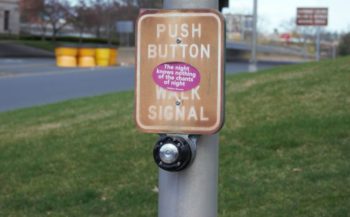 I will be a broken record. They state, and I will yell it all day long, that the pedestrian beg buttons should be fixed, or as they put it, “convert actuated to fixed signals when possible.”
I will be a broken record. They state, and I will yell it all day long, that the pedestrian beg buttons should be fixed, or as they put it, “convert actuated to fixed signals when possible.”
Although beg buttons in some cities are merely decorative, most of them in Hartford are not, and if you are a pedestrian trying to cross the street safely, you will need to press one to get your own light cycle.
Major intersections like Broad and Capitol, Park and Park Terrace, Broad and Farmington, and the areas near both Hartford Hospital and St. Francis are still, with the exception of Easter, troubling to cross. They are wide and without medians. Our options are to free walk or to press the buttons and blow through hand sanitizer — if we have it — for an entire commute.
We continue to get sad excuses for why Hartford won’t automate the pedestrian light cycle, even though other cities (including Brookline and Cambridge, MA, Burbank and Los Angeles, CA, Chapel Hill, NC, Chattanooga, TN, Providence, RI, Edmonton, Canada, and Sydney, Australia) have already done this, sometimes with nothing more than a few rolls of duct tape and an assortment of signs. Some automated the pedestrian cycle citywide while others selected the busiest intersections or those near health centers.
Another item on NACTO’s list: build pop-up bike lanes. Is there a better time to do a trial run of bike lanes down Main Street? Those riding their bikes for exercise or as part of their commute will have better protection, the narrowed streets will likely slow down car speeds, and many of those who might have whined about the change will not even notice this for another few weeks, at minimum. Because the return to work and school is expected to be phased in, there is no reason to believe that pop-up protection for bicycle riders will cause chaos down the line.
One final thought on this, which may seem short term but should be figured out in the event that such ailments return after this season: providing transportation to those who need medical testing and making walk-up test sites more accessible. I would add on to NACTO’s recommendation that city officials are obligated when talking to the media to emphasize how the most vulnerable populations can access testing, otherwise, we will continue to get only headlines directing us to drive-thru test sites — utterly useless without a car.
Question: When you have moved around as a pedestrian during the pandemic, how have you dealt with beg buttons? Let me know in the comment section below.
Question #2: It feels like the City of Hartford prioritizes people when it requires no effort or money. What must we do to get our city to give a damn?
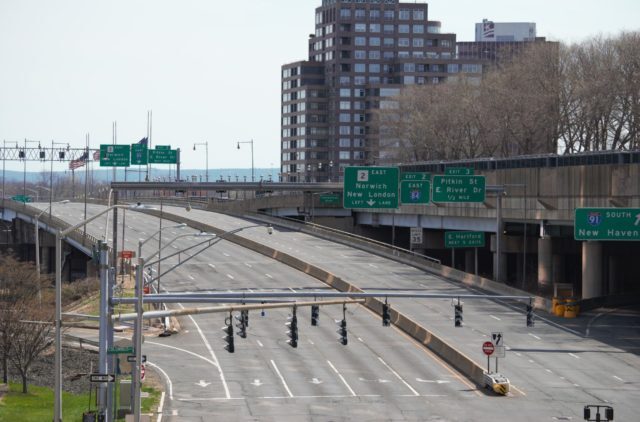
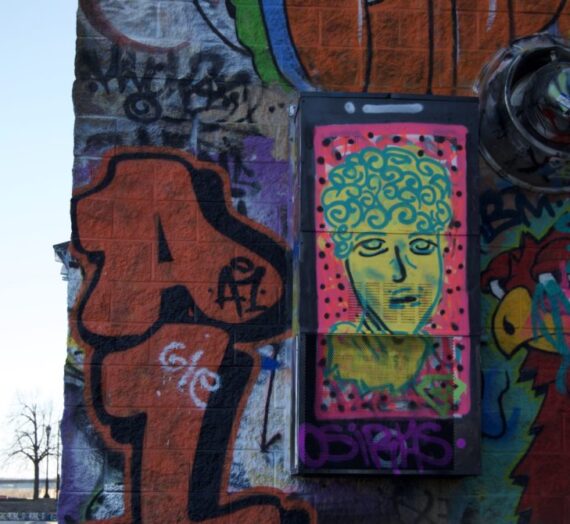

Tony C
I have both karate kicked and pushed the been buttons with the end of my umbrella. I have also been doing a lot of jaywalking, not pushing the button at all. Step lively! Drivers are driving wicked fast and distracted, even if traffic is much lighter.
Kerri Provost
I’ve used my elbow when absolutely necessary, but I don’t appreciate the extra laundry.
Kerri Provost
I tried your kick method today and did not fall on my ass. So, I guess the City of Hartford is on notice: don’t respect our health and lives, and we won’t respect your germy beg buttons.
Andie
I’m also an elbow-jabber, but I try to do it only when I have at least 2 sleeves involved for protection . . . thankfully, it’s still been kinda chilly of late
Richard Nelson
I keep pushing the beg button until it changes. I am not sure if it registers a large number of people wanting to cross or not. But I must admit I haven’t been anywhere to push a button in awhile. A big YES to your statement: “I would add on to NACTO’s recommendation that city officials are obligated when talking to the media to emphasize how the most vulnerable populations can access testing, otherwise, we will continue to get only headlines directing us to drive-thru test sites — utterly useless without a car.” Is there any such sites available? But you know the good old U.S.A, wave that flag, ring your bell, best place on earth where the nurses use garbage bags for PPE. This whole place needs a damn good shake up but as long as the white middle class is satisfied and well fed then nothing will change. Damn they are always in the way.
Kerri Provost
While out for a walk I discovered that Hartford Hospital has a walk-up testing station on Hudson Street — not that I have seen anyone really at any of these outdoor test stations. Anyway, the news stations are doing a disgusting thing by not putting this information front-and-center alongside the drive-thru information. I mean, the Hartford Hospital walk-up station is not even where you would think to look…and if you’re sick, are you going to be roaming around? No.